
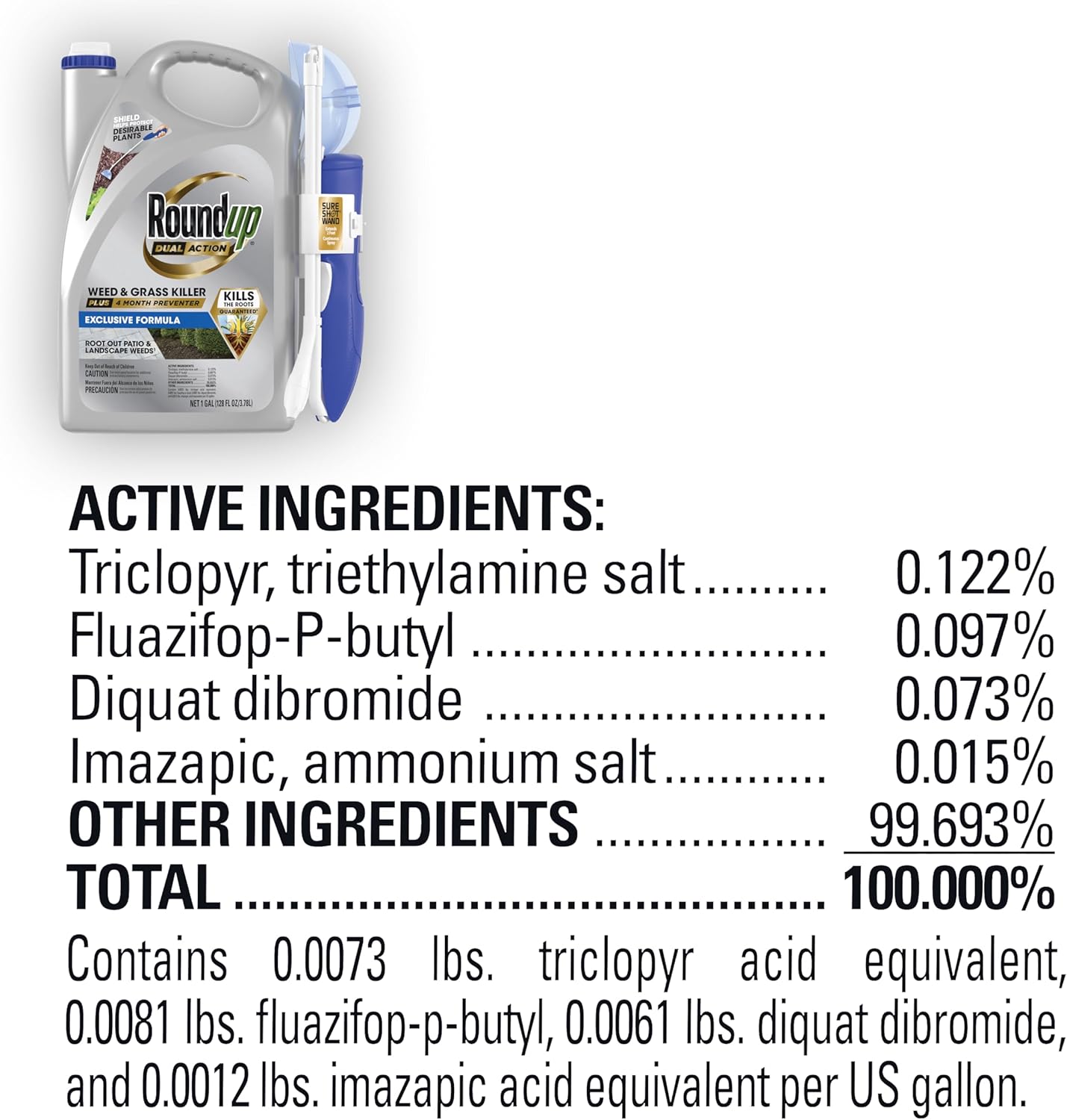
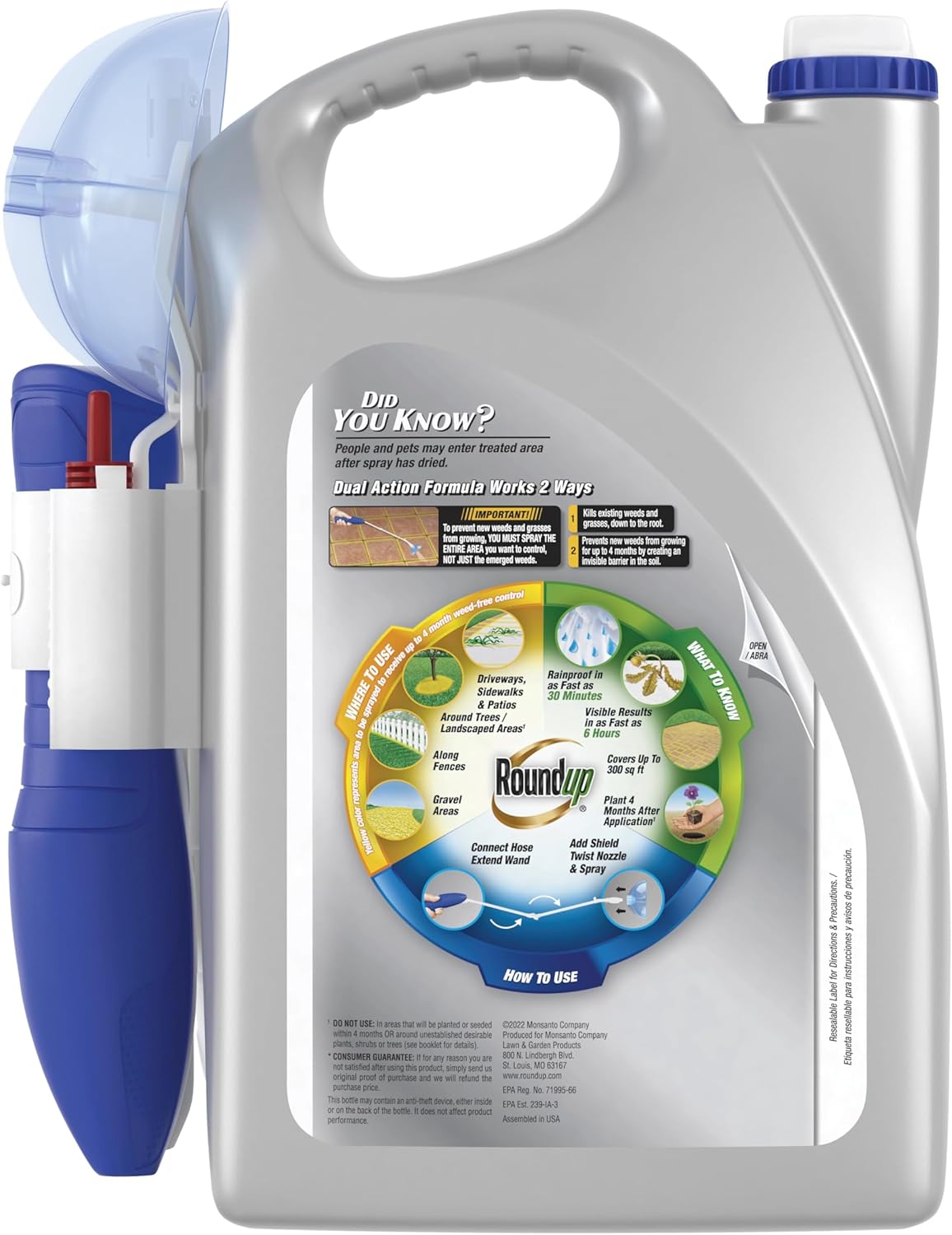
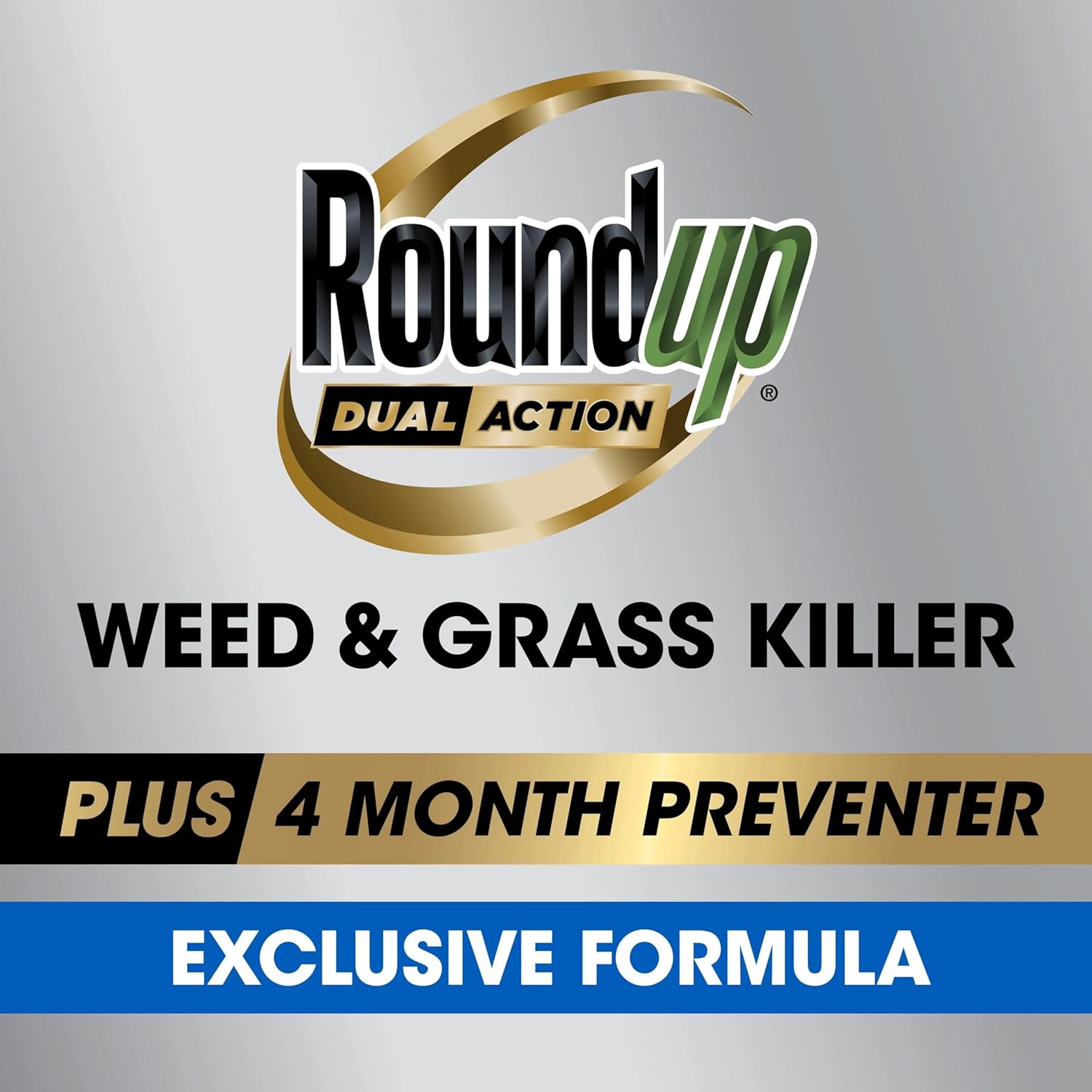




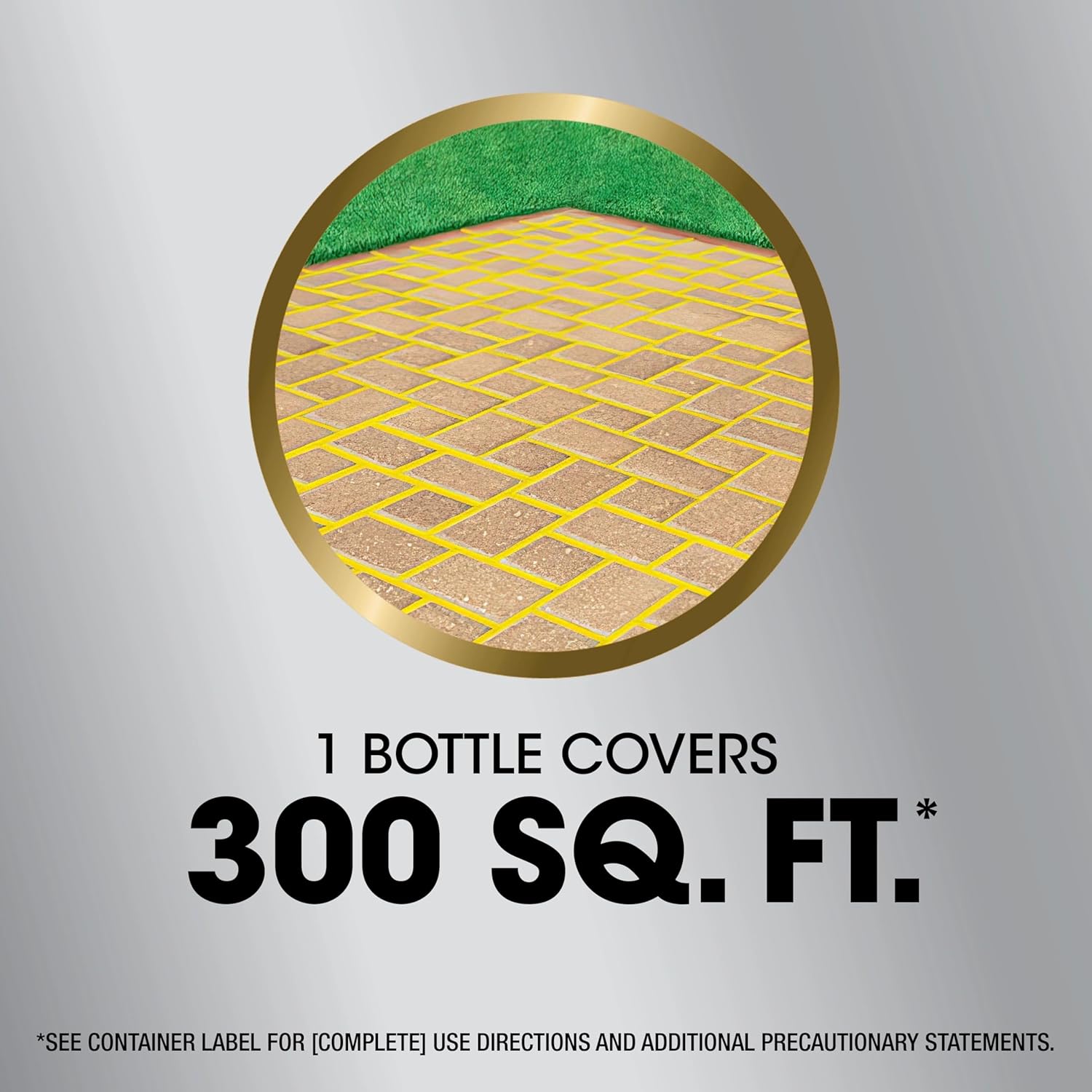

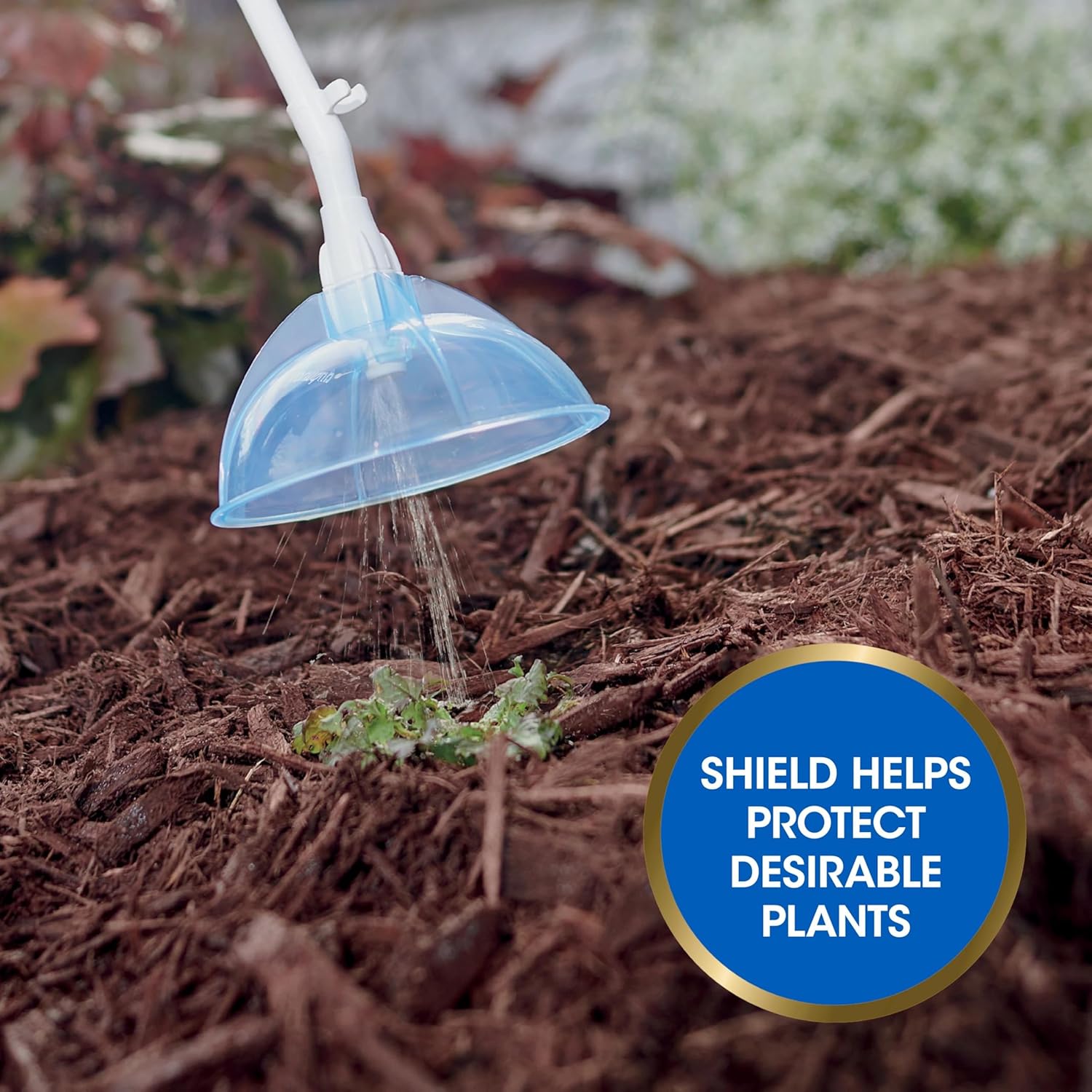
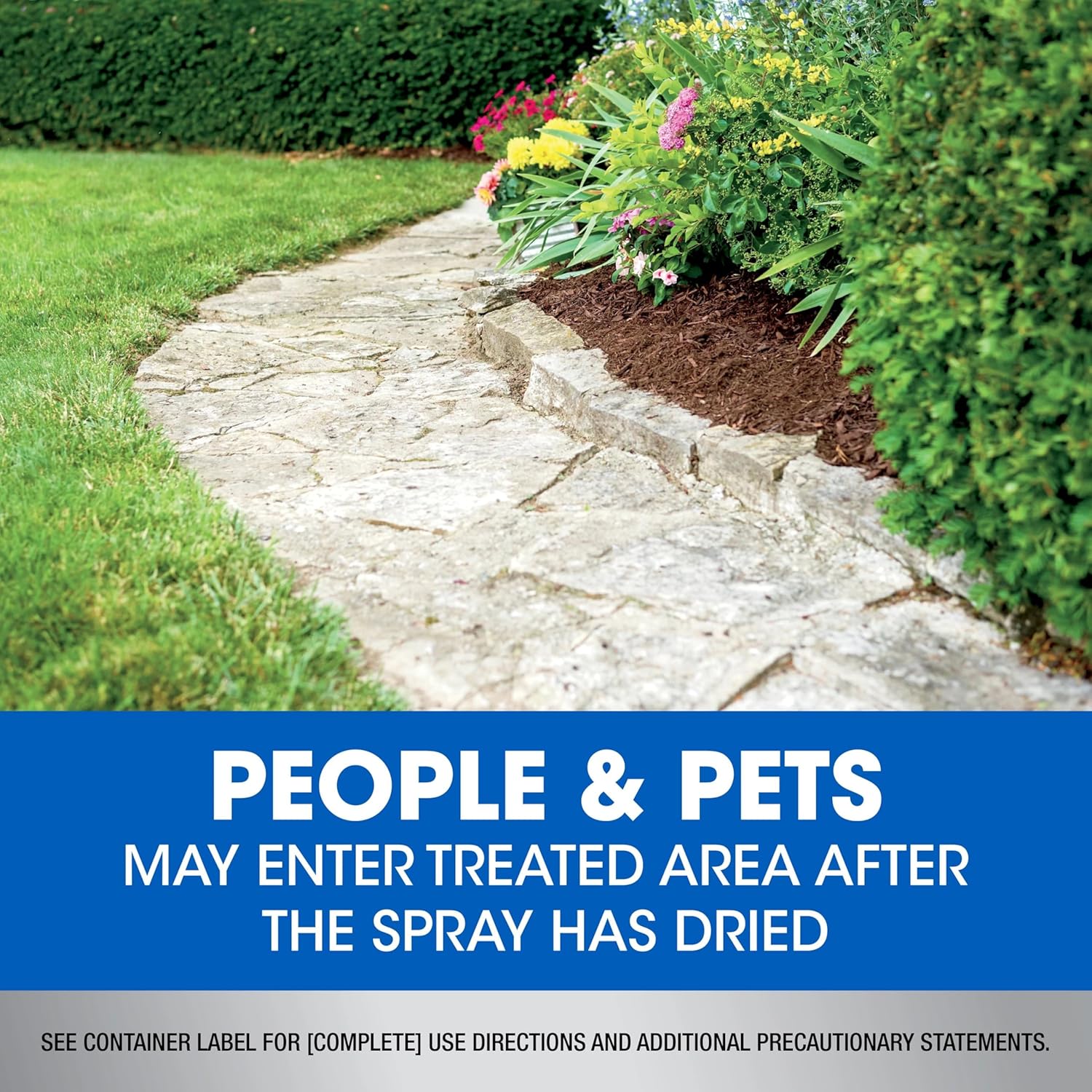



Price: $32.49 - $21.97
(as of Mar 31, 2025 02:41:14 UTC - Details)
When is the Best Time to Spray Roundup? A Comprehensive Guide
Introduction
If you’re a gardener, farmer, or just someone who wants to maintain a weed-free yard, you’ve likely heard of Roundup. This powerful herbicide can be a game changer when it comes to controlling unwanted plants. But when is the best time to spray Roundup? Timing is crucial for the effectiveness of this product. In this article, we’ll explore various aspects of using Roundup, including the best times to spray, environmental considerations, and tips for optimal results. By the end, you’ll have a clear understanding of how to make the most of Roundup in your weed control efforts.
Understanding Roundup
What is Roundup?
Roundup is a widely-used herbicide containing glyphosate as its active ingredient. It's effective against a broad spectrum of weeds and grasses, making it a favorite among gardeners and agricultural professionals. Understanding what Roundup is and how it works is essential for using it effectively.
How Does Roundup Work?
Roundup works by inhibiting a specific enzyme pathway that plants need to grow. When applied to the leaves of weeds, it gets absorbed and travels throughout the plant, ultimately killing it. This makes it essential to apply Roundup when weeds are actively growing.
The Best Time to Spray Roundup
Timing Based on Weather Conditions
One of the first things to consider when asking, "When is the best time to spray Roundup?" is the weather. The ideal conditions for spraying Roundup include mild temperatures and low wind. Generally, temperatures between 60°F and 85°F are optimal. Avoid spraying during extreme heat, as this can cause the herbicide to evaporate quickly and become less effective.
Morning or Evening?
Another consideration is the time of day. Morning or late afternoon is often the best time to spray Roundup. In the morning, temperatures are cooler, and dew on the leaves can help the herbicide stick better. In the evening, the sun’s rays are less intense, reducing evaporation and allowing the product to penetrate the plant more effectively.
Weeds’ Growth Stage
The growth stage of the weeds is also crucial. It’s best to spray Roundup when weeds are young and actively growing. Targeting weeds in their early stages ensures that the herbicide is most effective. Look for weeds that are green and leafy, as these are signs of healthy growth.
Environmental Considerations
Avoiding Rain
Rain can significantly impact the effectiveness of Roundup. It’s best to avoid spraying a day or two before rain is forecasted. If Roundup is applied and then washed away by rain, you’ll need to reapply it, which can be time-consuming and costly.
Windy Conditions
Wind can carry the herbicide to unintended areas. To prevent drift, always check the wind speed before applying Roundup. A calm day is ideal, as strong winds can cause the product to spread beyond the target area, potentially harming desirable plants.
Tips for Optimal Results
Proper Application Techniques
Using the right application technique can make a significant difference. Ensure you cover the entire leaf surface of the target weeds for maximum absorption. A sprayer with an adjustable nozzle can help you control the spray pattern and coverage.
Following the Instructions
Always read and follow the manufacturer's instructions on the label. This includes the recommended dilution rates and application methods. Not following these guidelines can lead to reduced effectiveness or even damage to your garden.
Safety Precautions
When using Roundup, it's important to take safety precautions. Wear protective clothing, including gloves and long sleeves, to minimize skin contact. Additionally, keep pets and children away from the treated area until it’s safe to return.
Conclusion
In conclusion, understanding when to spray Roundup can greatly enhance your weed control efforts. The best time to spray is when the weather is mild, the weeds are actively growing, and conditions are optimal to avoid rain and wind. By following the tips outlined in this article, you can ensure that you’re using Roundup effectively, leading to a healthier and more beautiful garden. So, next time you’re faced with pesky weeds, remember the key factors discussed here to make the most of your herbicide application.
Roundup Dual Action Weed & Grass Killer Plus 4 Month Preventer with Sure Shot Wand kills existing weeds and grass down to the root and prevents new weeds from growing for up to 4 months
This weed killer and preventer is rainproof in as fast as 30 minutes, and produces visible results in as fast as 6 hours
Apply this herbicide to hardscapes and landscapes - cracks and crevices in driveways, sidewalks, and patios, along fences, in mulched beds or around the base of well-established desirable plants, shrubs, or trees, and on gravel areas
All ornamental bedding plants, trees, shrubs, sod, and seed can be planted 4 months after application
The innovative protective shield of the Sure Shot Wand allows you to use Roundup Dual Action with confidence to target weeds in garden beds and landscaped areas
